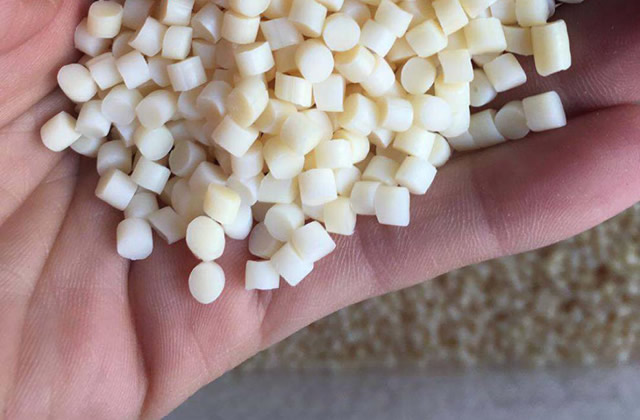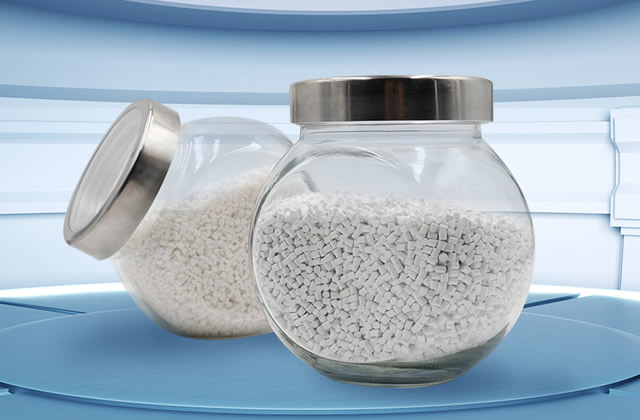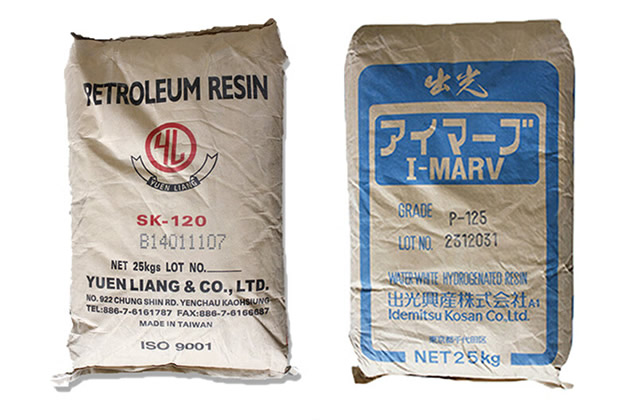1. What is the role of plastic tougheners
Tougheners, also called plastic tougheners, can reduce the brittleness of composite materials and improve the impact resistance of composite materials. A type of additive with high performance, its main function is to give plastics better toughness.
The reason why plastic tougheners were developed is that many plastics are brittle at room temperature, which greatly reduces their use value. After adding tougheners, the softness and flexibility of the plastics can be increased. properties, cold resistance and elongation at break. Reduce the hardness, modulus, glass transition temperature, melting point, softening temperature or flow temperature of the plastic, making the viscosity of the plastic smaller and the fluidity increased, thus improving the processing performance.

2. What are the mechanisms of action of toughening agents
Toughening agents are additives that toughen and modify plastics. There are many types of toughening agents. Different toughening agents also have certain differences in their mechanisms of action. There are three main common ones:
1. Toughening mechanism of toughening agent with epoxy functional group: after ring-opening, the epoxy group undergoes an addition reaction with the terminal hydroxyl group, carboxyl group or amine group of the polymer.
2. Core-shell toughening mechanism: The outer functional group is fully compatible with the components, and the rubber has a toughening effect.
3. Ionomer toughening mechanism: The complexation between metal ions and the carboxylate groups of the polymer chain forms a physical cross-linked network, thereby playing a toughening role.
3. Application scenarios of plastic tougheners
Not all plastics need to add tougheners. Generally, modified plastics are used for toughening. Toughening treatment, the toughening of modified plastics can be roughly divided into the following situations:
1. The toughness of synthetic resin itself is insufficient and the toughness needs to be improved to meet the needs of use, such as GPPS, homopolymer PP, etc.
2. Significantly improve the toughness of plastics to meet the requirements of super-toughness and long-term use in low-temperature environments, such as super-tough nylon.
3. After the resin has been modified with filling, flame retardant, etc., the performance of the material has decreased. At this time, effective toughening must be carried out.
If the website content violates your rights, please contact us to delete it。








